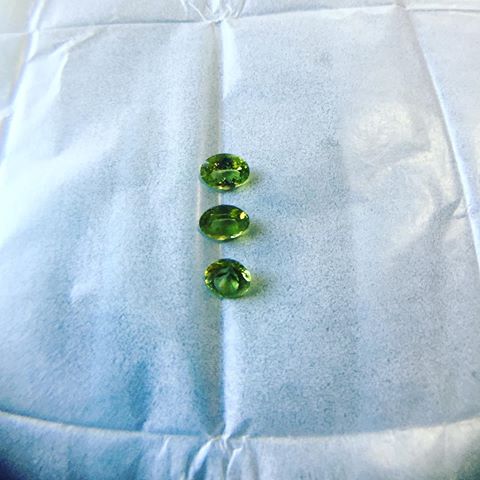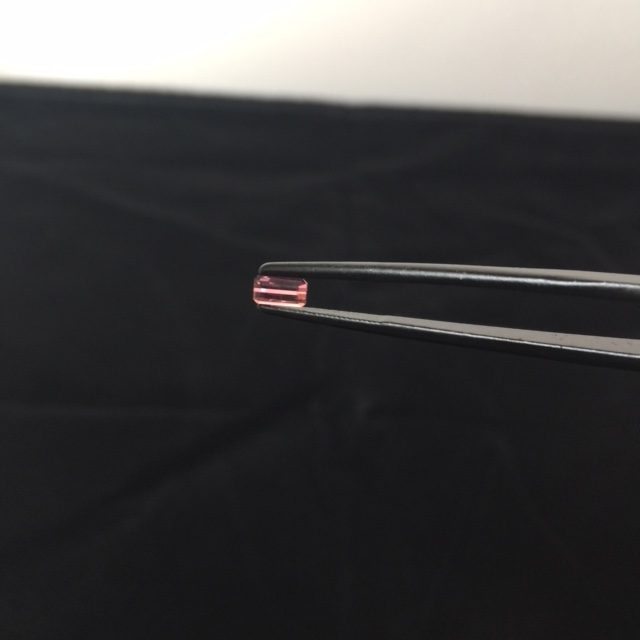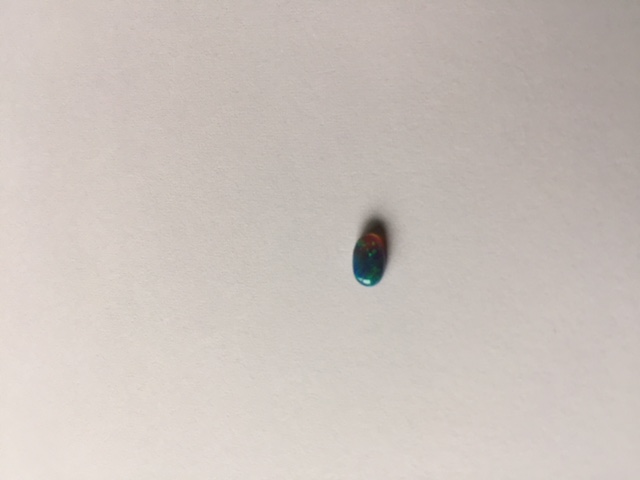It’s August and we’re celebrating our August babies by talking about Peridot! Peridot is a lovely green gem that comes in a number of calibrated sizes, and is sometimes, when mined in exceptional sizes, the focus of exceptional custom jewelry.
Peridot’s yellowish green color is caused by iron. Iron is actually a part of the chemical composition of Peridot – Peridot is a silicate of iron and magnesium, which elements are contained in volcanic basalt rock. Peridot nodules are often found in lava flows and, more rarely, in veins or pockets of igneous rocks. The nodules lining veins or pockets of igneous rocks often form large crystals of higher quality than those found in basalt. The nodules are then brought to the surface of the earth by volcanic eruptions, where they are deposited in basalt.
Peridot has special considerations to be aware of. Peridot is a soft gem, and is a 6.5 to 7 on the Mohs scale. This means that Peridot is best suited to being set in a pendant or earrings to avoid damage. If Peridot is worn in a ring, it should not be as an everyday item. When loose Peridot is stored, each piece should be stored separately to avoid scratching and damaging the other stones. Peridot is also sensitive to temperature changes, so it cannot be cleaned by your jeweler in a steam cleaner, the way many other gems can. Chemicals also should not be used on your Peridot. The best way to clean Peridot is with warm water and mild soap.
Peridot’s color can be anywhere from yellowish green to greenish yellow. Its most prized color is green without any yellow or brown tint. Larger stones tend to show the finest color. Peridot usually is eye-clean, but under a microscope may show tiny black spots, which are chromite. Myanmar supplies the finest color Peridot in the largest sizes.
Peridot in the United States is mostly mined by the Apache American Indian tribe in the state of Arizona. Often mined by hand using tools, the crystals produced are usually tiny and formed in basalts. It is very rare that Arizona Peridot crystals are larger than one carat. Because of the small size of the crystals, miners fill buckets and sell the material by the pound. The crystals are then sent to India for cutting into calibrated sizes.
Peridot is affordable, beautiful and plentiful – what’s not to love? How do you wear your Peridot? Did you receive a piece of Peridot jewelry for a special birthday? Let me know in the comments!








